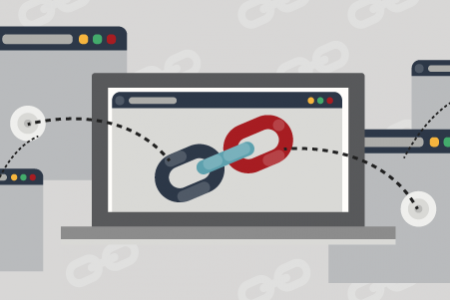We aim to respond to all messages within 1 business day. You'll be hearing from us soon!
In the meantime, perhaps you'd like to learn more...
SEO Considerations When Redesigning a Website
We often find that people redesign or redevelop their websites without considering the implications of this on SEO. Many site owners invest a considerable amount of money in optimisation and marketing of their website but fail to consider this during the redesign process.
There are 2 fundamental rules that should be followed when redesigning or redeveloping a website.
1. Do not change your domain name. Doing so effectively erases the Search Engine footprint that you have spent many years growing. It also results in the breaking of backward links to your website which will wipe out your link popularity. NB. Link popularity is determined by the number and quality of links that point to your site. This link popularity directly affects your Search Engine rankings.
Of course there are times such as in rebranding when you simply must change your domain name. Even though changing your domain name will affect your search engine rankings, the ill effects of doing so can be mitigated to some extent by permanently redirecting every file from your old site to the corresponding file on the new site.
You should then ideally contact the webmaster of each site that links to yours and ask them to update the links to point to the page on your new domain.
Google’s published guidelines on what to do when moving a site are recorded here: http://www.google.com/support/webmasters/bin/answer.py?answer=83105&query=redesign&topic=&type=
2. Retain your individual file names. We recommend that you keep your file names and file extensions for exactly the same reasons mentioned above. Your Internet footprint is critical to the success of your site in the Search Engines.
There are two ways of reducing the negative impact of these changes on your website.
Firstly, wherever possible URL rewrites should be considered, so that the Search Engines are still served up the same file names from your previous site. For example if you are changing from HTML files to ASP you should be able to configure your server so that HTML files are processed as ASP files thereby keeping the existing file extension.
Secondly, if URL rewrites are not possible, then make sure that all files on your old site are mapped and redirected to the corresponding file on the new site.
Bear in mind that whether you are changing your domain or file names the Search Engines will take some time to re-assess the new files, you need to expect a dip in rankings whilst this reassessment happens. However, if the transition is handled correctly with permanent redirects and if some time is invested in approaching webmasters to update their links to your new domain then you can expect your website to continue to do well in the Search Engine results pages
Written by Karyn Ogier
Here from the very beginning, Karyn was originally a co-founder of Apex Digital and carried the Strategy & Marketing Director title for more than two decades. Karyn switched gears at the end of 2018 when she returned to study in a new field. Now in a contract Content Writer capacity, she has a wealth of knowledge in the industry and has been...Related posts
AWESOME! LET'S GET STARTED
TELL US HOW WE CAN HELP
We aim to respond to all messages within 1 business day. You'll be hearing from us soon!
In the meantime, perhaps you'd like to learn more...






